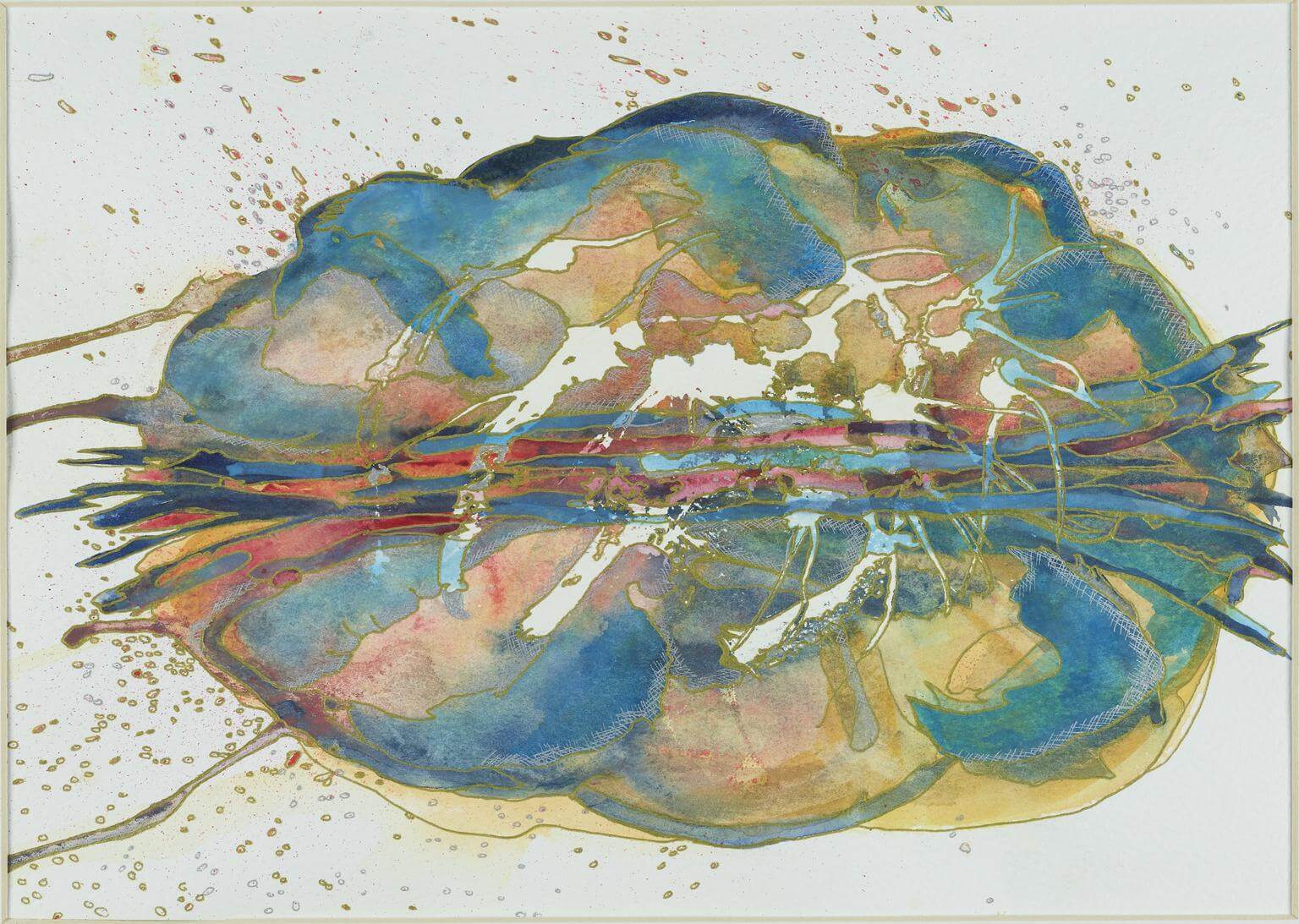A Closer Look at Stroke and Its Impact
Globally, approximately one in four people will experience a stroke during their lifetime, making it a significant health concern. A stroke occurs when the blood supply to a part of the brain is interrupted due to either a blockage or rupture of a blood vessel, depriving brain cells of oxygen. This deprivation can cause millions of brain cells to die within minutes, often affecting speech, movement, and cognitive abilities, profoundly altering the lives of those affected and their families.
Not restricted by age, strokes can happen to anyone. Unexpectedly, even younger individuals may experience transient ischemic attacks, commonly known as mini-strokes, which temporarily disrupt blood flow to the brain.
Recognizing the Subtle and Overt Symptoms
The most widely known indicators of a stroke fall under the commonly promoted acronym #ActFAST, which helps by highlighting three major signs:
- Facial weakness: sudden numbness or drooping on one side of the face
- Arm weakness: inability to raise or hold one arm steadily
- Slurred speech or difficulty speaking clearly
Should one or more of these signs present themselves, urgent medical attention is necessary, calling emergency services and getting the individual to the nearest hospital as quickly as possible.
Beyond ActFAST: Additional Warnings
Other symptoms may also surface but are less commonly recognized, such as:
- Confusion or difficulty understanding speech
- Severe headaches without a known cause
- Dizziness or loss of balance
- Numbness or paralysis in parts of the body
- Short-term memory loss or seizures
- Irregular breathing
Advances in Stroke Diagnosis: The Role of MRI and CT Scans
Historically, stroke was diagnosed mainly through observation of external symptoms, which limited accuracy and treatment speed. It wasn’t until the 1970s that the development of Computed Tomography (CT) і Magnetic Resonance Imaging (MRI) revolutionized the way strokes are detected and managed.
The first MRI body scanner prototype, developed by Nobel Laureate Peter Mansfield, captures detailed images of the brain’s soft tissues using high-frequency radio waves without the harmful radiation associated with CT scans. MRI technology allows for earlier and more precise identification of clots or bleeding, giving patients a better chance of swift treatment. Innovations like MRI “Jedi helmets” were once used to enhance imaging sensitivity in pediatric patients.
How MRI Works for Stroke Patients
MRIs present a non-invasive option by using magnetic fields combined with radio frequencies to produce cross-sectional images, essential in identifying cerebral edema, brain abnormalities, and stroke locations. Unlike CT scans, MRIs can safely be used repeatedly for detailed monitoring and are crucial in mapping the exact regions affected by stroke.
Prompt Action Can Save Lives
World Stroke Day emphasizes the critical importance of recognizing symptoms and acting FAST. Immediate medical response can reduce long-term disability and mortality.
| Stroke Symptom | What to Look For | Action Required |
|---|---|---|
| Facial Weakness | One side of the face droops, uneven smile | Call emergency services immediately |
| Arm Weakness | Inability to raise or hold up one arm | Take the individual to emergency care urgently |
| Speech Difficulties | Slurred or confused speech | Seek immediate medical help |
Stroke Risk and Awareness Tools
Interactive tools like stroke risk calculators and recognition games can raise awareness and help individuals assess their own risks and recognize possible strokes in real life situations. These resources reflect the importance of education as a front line in stroke prevention.
The Connection to Your Transfer Needs
In the context of transportation services like taxis or private transfers, understanding stroke risks and symptoms is crucial for drivers and passengers alike. Ensuring timely arrival at medical facilities can be a matter of life or death. Platforms such as GetTransfer.com empower users to select precise vehicle types, view driver ratings, and book transfers that prioritize punctuality—especially important during medical emergencies or hospital visits.
Choosing the Right Transfer Service for Medical Emergencies
When it comes to traveling to hospitals or healthcare facilities, speed, reliability, and knowledge of exact routes matter. Transparent platforms that allow passengers to see vehicle details and driver credentials before booking can provide peace of mind when seconds count.
Підсумок
Stroke remains a major health challenge worldwide, with quick recognition of symptoms and swift diagnosis being key to effective treatment and recovery. Advances in imaging, particularly MRI technology, have improved stroke detection significantly. Being familiar with the signs and knowing when to act can truly save lives.
Platforms like GetTransfer.com make it easier to arrange precise, reliable transfers to hospitals or medical centers at a moment’s notice, ensuring that you or your loved ones get expert and timely transport without unnecessary hassle or hidden fees.
While expert reviews and information provide valuable insights, nothing substitutes personal experience. With GetTransfer, you have access to verified drivers and a wide range of vehicle options at reasonable prices, enabling you to make the best-informed and budget-conscious choices. Their transparency across service details—from car model and seating to fare estimates—adds an unmatched layer of trust and convenience. Отримуйте найкращі пропозиції on personalized transfers by booking now at GetTransfer.com.
Looking ahead, stroke awareness and medical advancements will continue influencing global travel and healthcare transport. Though this topic may not have a massive global tourism impact, for individual passengers and caregivers it remains highly relevant. By staying informed and choosing dependable transfer services, travelers can navigate these challenges confidently. Start planning your next adventure and secure your worldwide transfer with GetTransfer.


Коментарі